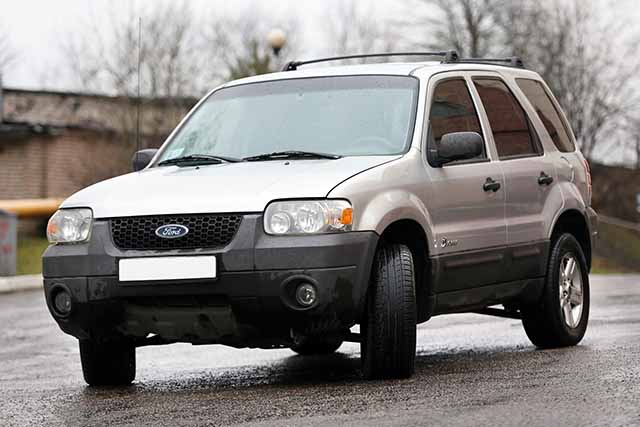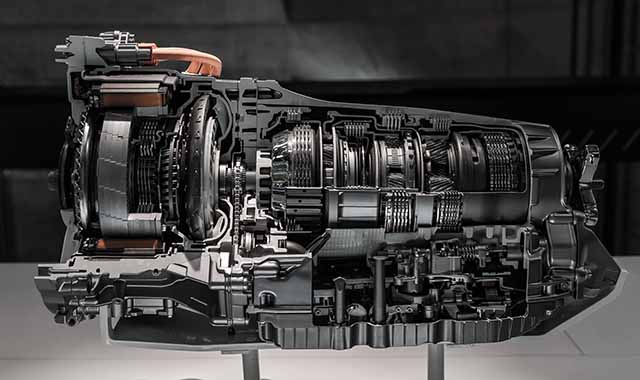As a mechanic and the former owner of a Ford Escape, let me share with you some of the things I did to get almost 300,000 miles out of it.
For those that don’t know, the Ford Escape is a small-sized SUV known for its comfort and cargo-carrying ability. It is a favorite of many families and certainly of this writer.
The longevity of an Escape depends on how you care for it. If it is given regular maintenance checks and driven with care, you can get up to 12 years of service from this vehicle.
There are many vehicle basics that most people are aware of to get the most life from their vehicle. Here are a few of them.
- Use a trickle charger to keep the battery fully charged. If you do not drive your vehicle for a time, the battery will degrade and go flat. Jump starting puts additional strain on the battery and may damage the engine management system. To care for your battery without a trickle charger, drive at least once a week, especially in the winter.
- The air and oil filters can become clogged over time. Replace them regularly as part of routine vehicle servicing.
- Make sure you understand how the controls of your Escape work. Doing so will reduce component wear, and your fuel will go further. Easy things such as using the pedals and gearbox carefully, along with defensive driving to avoid the need for braking suddenly will extend the life of your car.
- Use your air conditioning. The “use it or lose it” phrase applies here. A/C systems leak refrigerant gas over time, especially if not used regularly.
- Replace spark plugs, and high-tension leads to optimize your engine’s performance. When checking your spark plugs, check that it has no signs of deposits, wear, or melting.
- Check your tires. They are the most crucial safety feature on your Escape and should be checked once a week. Under-inflated tires will increase fuel consumption.
- Regular routine maintenance checks are vital to keeping your Escape running in top condition and will prolong its life. The service interval is based on miles driven or a length of time.
- A regular oil change is part of routine maintenance. But depending on the type of oil you use will determine how often it needs to be changed. If you use regular oil in your Escape, it should be changed every 3,000 miles. A synthetic blend is good for 5,000 miles. A true synthetic should be changed at 10,000 miles.
- To keep your Ford Escape looking terrific for its entire life, consider getting it rust-proofed.
- Potholes are awful for the suspension, tires, and exhaust system. The hard edges on poorly maintained roads can lead to tread separation, sidewall bulges, and deflated tires. If driving over deep potholes, the shocks can be damaged, and the suspension can become misaligned.
- Don’t allow your Escape to get low on fuel. Your fuel pump will draw air, debris, or sediment in the bottom of the fuel tank to try to power the car. These unwanted materials can clog the system and corrode the pump and filters, blocking the fuel from starting the vehicle.
There is another method of keeping your Ford Escape running in top condition. While all vehicles with an automatic transmission have a transmission cooler, it may not be enough to cool your transmission fluid properly. A transmission cooler helps to protect your transmission when it gets hot. It also allows transmissions to handle the added stress and heat due to towing trailers, boats, and other heavy objects. It will also increase the cooling efficiency of your transmission fluid.
As of the 2009 models, Ford introduced the 6F35 transmission in the Escape, giving it an increase in horsepower. The 6F35 front-wheel drive transmission is the latest example of their new powertrain technology that increased fuel economy and lowered CO2 emissions. This represented one part of Ford’s strategy to improve fuel economy for their customers.
The 6F35 transmission allows the engine to operate at optimal combinations of load and speed to meet particular driving conditions. The 6F35 also enables the engine to run at lower speeds when highway driving, resulting in fuel savings.
If you have a 6F35 transmission in your Ford Escape, keep it running at peak performance for many years. Your 6F35 will serve you and your Escape well if the fluid is kept cool and changed regularly.
If you hear noises coming from your 6F35, the transmission may have difficulty shifting gears, or there may be clunking or grinding noises while shifting. This can be a sign of transmission fluid loss or high internal transmission temperatures. Or perhaps both, which could indicate a bad transmission cooler.
Transmission heat is also responsible for ruptured seals, slipping transmission bands, cracked gears, failed bearings, delayed clutch engagement, and inoperable solenoids. Over time, the transmission fluid will break down, especially with excessive heat.
Whatever part you name, too much heat will break it. If you need a replacement transmission for your Ford Escape, look at rebuilt 6F35 transmissions from https://reman-transmission.com.
A transmission cooler on your Ford Escape will help the 6F35 stay in better condition longer. As with any vehicle, the transmission fluid will break down over time, especially with excessive heat.
To get the most from your 6F35 transmission and your Ford Escape, consider replacing your current transmission cooler with a larger one. These days, it is not unusual for a vehicle, if properly cared for, to give its owner 250,000 miles or more.
The Ford Escape is a fun vehicle to drive and own. If you care for it the way it needs and deserves to be cared for, it will reward you with many years of faithful service.
If you happen to also own an older Dodge Pickup, check out this article on the 46RE transmission















